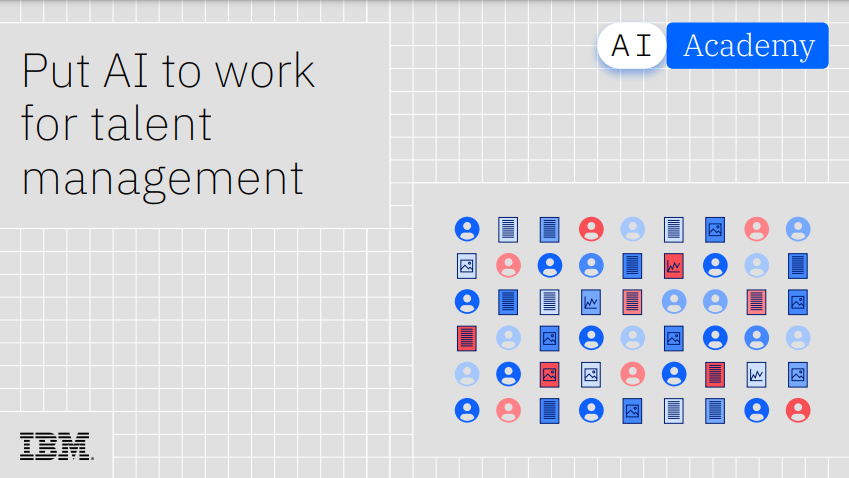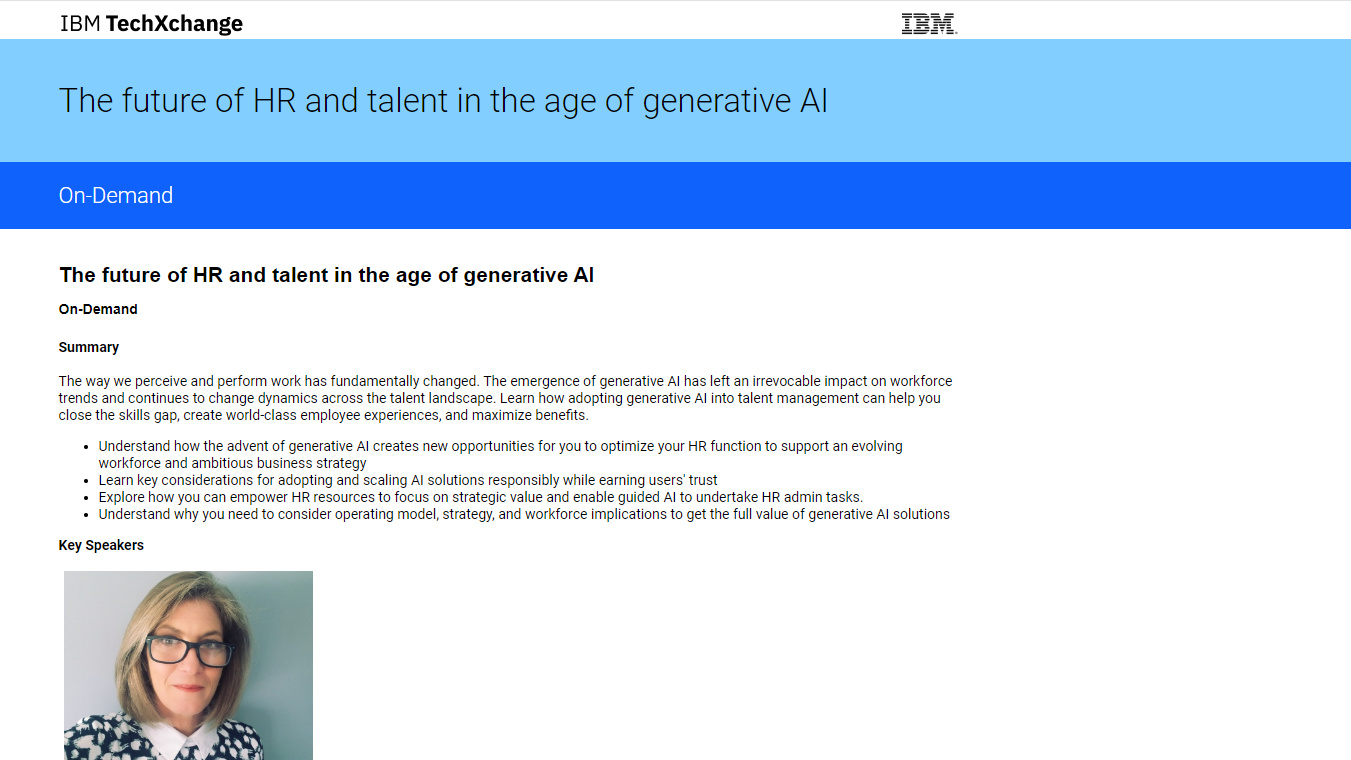Five ways the cloud can benefit HR departments
From greater flexibility to advanced analytics, here are some key benefits of the cloud for HR


Increasingly, on-premise solutions are holding back innovation, with processes often disconnected and across multiple systems. The right cloud solution can solve many of these issues, and with many now as secure as on-premise tools, the reasons not to consider cloud are diminishing.
Many IT departments understand the benefits of cloud and have introduced cloud services in a variety of different ways to drive the business forward.
But there are a number of ways HR departments – which are at risk of being left behind when it comes to digital transformation – can benefit from the cloud as well.
With that in mind, if you’re exploring how the cloud could work for your business, here are five ways it could benefit your HR department.
1 - Enabling flexibility
Whether it be a reorganisation, a merger, or changes in compliance, having a flexible system that can grow and change with the business is essential in today’s fast-paced world. Having HR services in the cloud allows much greater flexibility and means departments are not completely reliant on IT to adapt to new business requirements.
The cloud also offers an element of future-proofing. Whether it be artificial intelligence, machine learning or automation, these "tools of the future" are maturing rapidly, with a growing number of businesses finding solid use-cases for them in their organisation.
Although you may not be ready to dive straight into automation, having HR systems running in the cloud will ensure that they are prepared for integration with cutting edge technologies when the time is right.
Get the ITPro daily newsletter
Sign up today and you will receive a free copy of our Future Focus 2025 report - the leading guidance on AI, cybersecurity and other IT challenges as per 700+ senior executives
2 - Increasing efficiency
Recruiting, onboarding and processing employees are a key function of an HR department. If these processes are done using paper-based workflows or outdated technology, it can really slow things down and even cause the loss of in-demand candidates.
Many cloud-based HR solutions offer tracking for applicants and a workflow for the whole recruitment process, from applying and uploading CVs to scheduling an interview and sorting out the job offer documentation.
The advantage of the cloud in particular is having everything unified. Legacy systems can offer end-to-end workflows, but are often disconnected from the rest of the business. The cloud, however, offers HR, payroll, finance and other departments a unified experience, which in turn will give better visibility across the company.
3 - An improved user experience
Cloud HR software offers a modern, intuitive user experience, which can be accessed from any device, rather than being reliant on software installed on particular machines. This in turn means that flexible working can be an option for members of the department; an increasingly important requirement for employees.
For other business staff, a cloud-based HR system can allow them access to information about their salary, holidays and benefits any time they want, from wherever they need it. Having modern, accessible systems can have the added benefit of increasing staff retention.
4 - Ready for data
The cloud offers huge potential for integrating high-quality analytics into HR functions. Data and analytics can be used for a vast range of tasks related to HR, from measuring employee satisfaction, to pay benchmarking, retention trends and business efficiency.
Data analysis can be done at the touch of a button through dashboards and reports, or even using big data and predictive analytics.
In turn, the processes that require a lot of data can be automated. Whether this is timesheet submission, performance reviews or holiday requests, a cloud system can automate the update process for specific tasks related to employees.
5 - Constant compliance
Business regulations are being constantly updated or added, whether it be privacy requirements or timesheet compliance. HR and finance departments in particular have strict compliance procedures which can have heavy consequences if not followed properly.
Most cloud-based solutions have an advantage over traditional on-site applications as updates are pushed out automatically, which means HR can be reassured that they’re constantly compliant with the latest legislation and processes.
Esther is a freelance media analyst, podcaster, and one-third of Media Voices. She has previously worked as a content marketing lead for Dennis Publishing and the Media Briefing. She writes frequently on topics such as subscriptions and tech developments for industry sites such as Digital Content Next and What’s New in Publishing. She is co-founder of the Publisher Podcast Awards and Publisher Podcast Summit; the first conference and awards dedicated to celebrating and elevating publisher podcasts.
-
 Asus ZenScreen Fold OLED MQ17QH review
Asus ZenScreen Fold OLED MQ17QH reviewReviews A stunning foldable 17.3in OLED display – but it's too expensive to be anything more than a thrilling tech demo
By Sasha Muller
-
 How the UK MoJ achieved secure networks for prisons and offices with Palo Alto Networks
How the UK MoJ achieved secure networks for prisons and offices with Palo Alto NetworksCase study Adopting zero trust is a necessity when your own users are trying to launch cyber attacks
By Rory Bathgate
-
 Put AI to work for talent management
Put AI to work for talent managementWhitepaper Change the way we define jobs and the skills required to support business and employee needs
By ITPro
-
 The future of HR and talent in the age of generative AI
The future of HR and talent in the age of generative AIWebinar Transform your people management, support your workforce, and optimize your HR strategy
By ITPro
-
 Digital experience has to be at the heart of employers’ recruitment drives
Digital experience has to be at the heart of employers’ recruitment drivesSponsored As the Great Resignation rolls on, businesses need to live up to candidates expectations or risk losing out on top talent
By James Harvey
-
 Little is being done to address the tech industry's racial hiring bias, report
Little is being done to address the tech industry's racial hiring bias, reportNews Non-white individuals are far less likely to be offered an interview compared to other applicant groups, research shows
By Ross Kelly
-
 Can the CBI survive its misconduct scandal?
Can the CBI survive its misconduct scandal?News The industry trade body has been embroiled in one of the largest scandals in British business history in recent weeks
By Ross Kelly
-
 How to choose an HR system
How to choose an HR systemWhitepaper What IT leaders need to know
By ITPro
-
 Amazon staff reportedly launch campaign to reverse 'shock' worldwide return to office plans
Amazon staff reportedly launch campaign to reverse 'shock' worldwide return to office plansNews An internal petition calls for CEO Andy Jassy to roll back planned requirements for corporate staff to return on a three-day basis
By Rory Bathgate
-
 The tech industry needs to unionise now more than ever
The tech industry needs to unionise now more than everOpinion Companies hoping to boost productivity should embrace unionisation so employees aren’t constantly anxious over job security or childcare arrangements
By Rory Bathgate